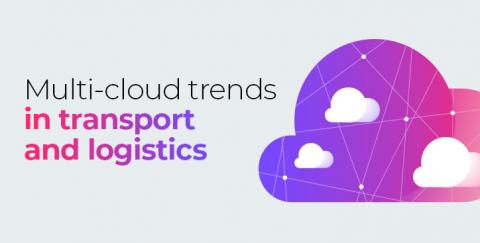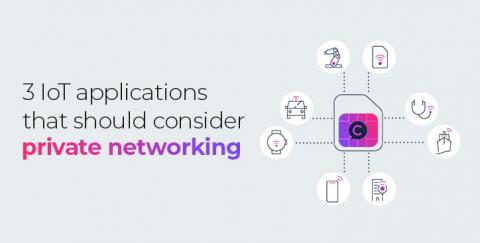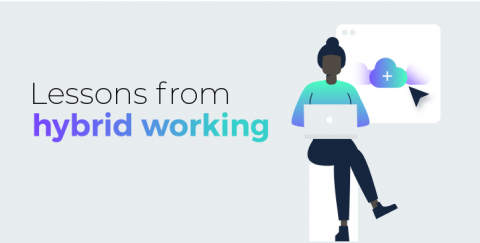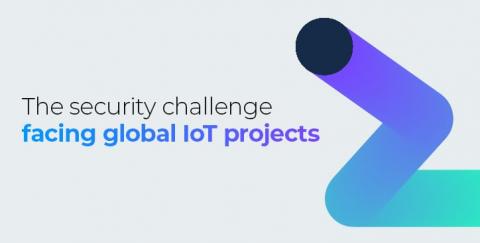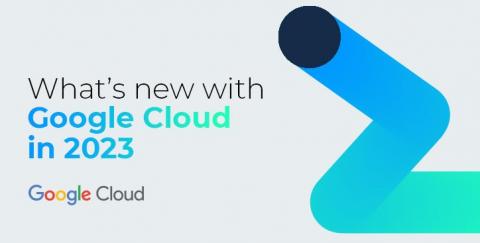Multi-cloud trends in transport and logistics
The transport, logistics, and supply chain sectors are laser focused on efficiency. The aim is to get the right thing to the right place at the right time, making best use of the available infrastructure, while a multitude of global and local factors attempt to eat into margins. In the last 36 months, a litany of events have caused consistent supply chain issues, from Covid to grounded cargo ships, to industrial action to escalating fuel prices.


